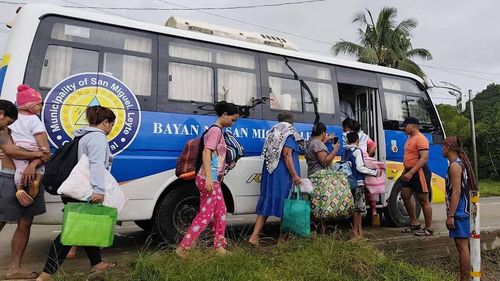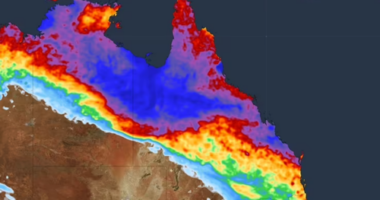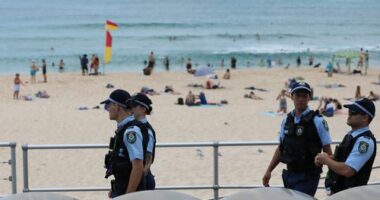Share this @internewscast.com
Australian tourists are being alerted about a severe storm system anticipated to impact popular destinations in Southeast Asia.
Tropical Cyclone Kalmaegi is expected to hit Vietnam, Cambodia, and Laos soon, prompting Smart Traveller to issue a caution to Australians currently in or planning trips to these nations.
“Significant rainfall and hazardous winds are predicted, which could lead to flash floods and landslides,” the advisory stated today.
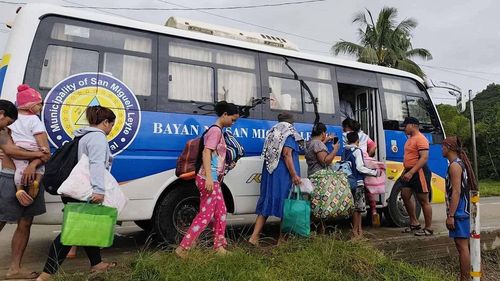
Additionally, disruptions to transportation, including possible airport closures and flight cancellations, along with impacts on essential services, may occur.
Travelers are advised to stay in touch with airlines or travel operators, monitor news updates, and adhere to guidance from local officials.
This alert follows the evacuation of over 150,000 individuals to safer areas in the eastern Philippines as the cyclone approached from the Pacific Ocean on Monday. Authorities have warned of heavy rains, strong winds, and storm surges reaching up to three meters.
Cyclone Kalmaegi was forecast to make landfall on Monday night or early Tuesday. It was last spotted about 95 kilometres south-east of Guiuan town in Eastern Samar province, where sustained winds of up to 140km/h and gusts of up to 170km/h were recorded.
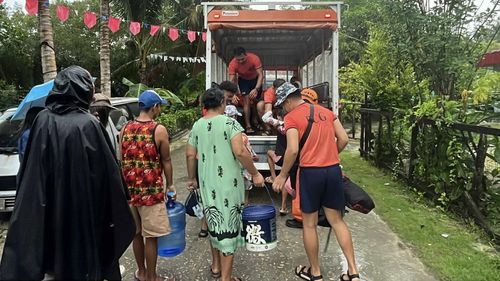
It was expected to blow westward and batter central island provinces, including Cebu, which is still recovering from a 6.9 magnitude earthquake on September 30 that left at least 79 dead and displaced thousands of people when houses collapsed or were severely damaged.
Displaced residents staying in flimsy tents would be moved to sturdier shelters, the Office of Civil Defence said.
On central Negros island, villagers were warned that heavy rains could cause volcanic mudflows on Kanlaon volcano, which has been emitting plumes of ash and steam in recent months, the Philippine Institute of Volcanology and Seismology said.
Kalmaegi, locally named Tino, was forecast to further strengthen over the Philippine Sea before possibly making landfall in Guiuan town or nearby municipalities.
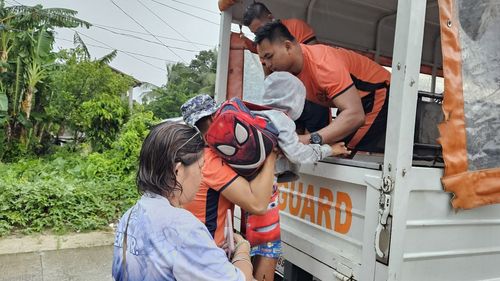
Typhoon Haiyan, one of the most powerful tropical cyclones on record, slammed ashore into Guiuan in November 2013 and raked across the central Philippines, leaving more than 7300 people dead or missing, flattening entire villages and sweeping scores of ships inland.
Haiyan demolished about a million houses and displaced more than 4 million people in one of the countryâs poorest regions.
âNobodyâs complaining among the residents because of their experience with Yolanda. They know itâs better to be safe than sorry,â Eastern Samar Governor RV Evardone told The Associated Press, referring to Haiyanâs Philippine name.
Nearly 156,000 people had been evacuated by nightfall in eastern and southern provinces, including in Dinagat Islands province south of Eastern Samar, Office of Civil Defence Administrator Bernardo Rafaelito Alejandro IV said. Disaster response agencies, including coast guard search and rescue units, have been put on alert.
Inter-island ferries and fishing boats were prohibited from venturing into increasingly rough seas, stranding more than 3500 passengers and cargo truck drivers in nearly 100 seaports, the coast guard said. A number of domestic flights were cancelled.
The Philippines is battered by about 20 typhoons and storms each year. It is often hit by earthquakes and has more than a dozen active volcanoes, making it one of the worldâs most disaster-prone countries.
Reported with Associated Press
